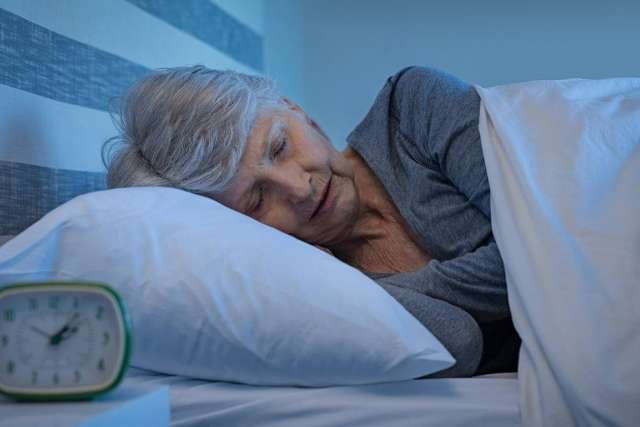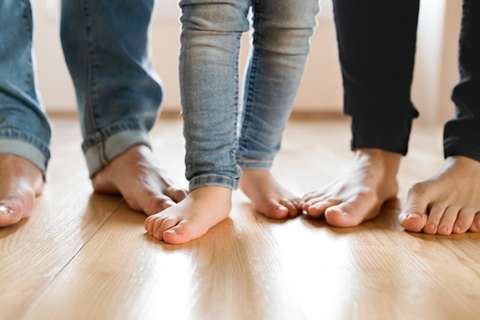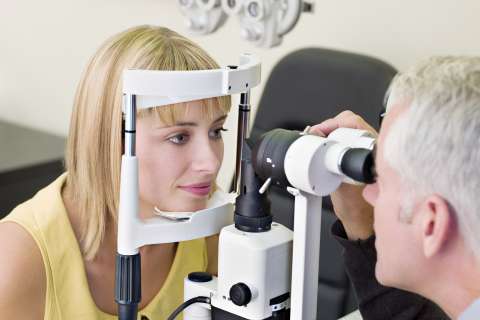Dear Doctors: I need it to be completely dark to sleep well. I’ve got blackout curtains, I use an analog clock and I even duct-taped the digital lights on the smoke alarm. I just read that light at night is bad for your health. Is that true? I want my husband to know I’m not overreacting about this.
Dear Reader: Most of us live in a world saturated with artificial light. Even those in more rural areas, who have the luxury of dark(er) night skies, scramble their circadian clocks once the sun sets. Electric lights and all manner of digital screens derail the body’s precisely calibrated daily rhythms of light and dark.
As we’ve discussed here before, research has tied these ongoing disruptions to an array of adverse health effects. This includes the obvious, such as poor sleep and insomnia, and the unexpected, including inflammation, obesity and an increased risk of cardiovascular problems and metabolic disorders. Now, the findings of a new study have linked consistent exposure to light while sleeping to high blood pressure, weight gain and Type 2 diabetes in older adults.
The study, which was conducted by researchers at Northwestern University, looked at health data collected from 552 adults. They ranged in age from 63 to 84 years of age. Each participant was screened for preexisting cardiovascular conditions and had their activity levels, as well as their levels of nighttime light exposure, measured for a week. The study found that the participants who were exposed to more light during sleep were twice as likely to have Type 2 diabetes as those who slept in a darker environment. They were also nearly twice as likely to have high blood pressure, and to be obese.
Interestingly -- and this backs up your vigilance with the duct tape -- the sources of light ranged from light bulbs and bedroom TV sets to the seemingly minor spill from digital devices. When the researchers analyzed their data, they found that fewer than half of the study participants managed to eke out five hours of complete darkness per day, even during time set aside for sleep.

We think it makes sense to give ourselves the closest approximation of the daily rhythms of light and dark possible. If you must have a nightlight, keep it dim and close to the floor. Choose amber or even red bulbs, which are less stimulating for the brain. When you can’t control outdoor light pollution, use blackout curtains or a good eye shade. The blue light from digital devices is particularly disruptive. Ban screens from the bedroom and, if possible, avoid looking at them at least an hour before bed.
The UCLA Sleep Disorders Center faculty is a multidisciplinary group actively involved in basic and clinical research aimed at determining the conditions that result in sleep disturbances and identifying successful treatments to overcome and prevent sleep disturbances in children and adults. Learn more and schedule an appointment.
(Send your questions to [email protected], or write: Ask the Doctors, c/o UCLA Health Sciences Media Relations, 10960 Wilshire Blvd., Suite 1955, Los Angeles, CA, 90024. Owing to the volume of mail, personal replies cannot be provided.)



